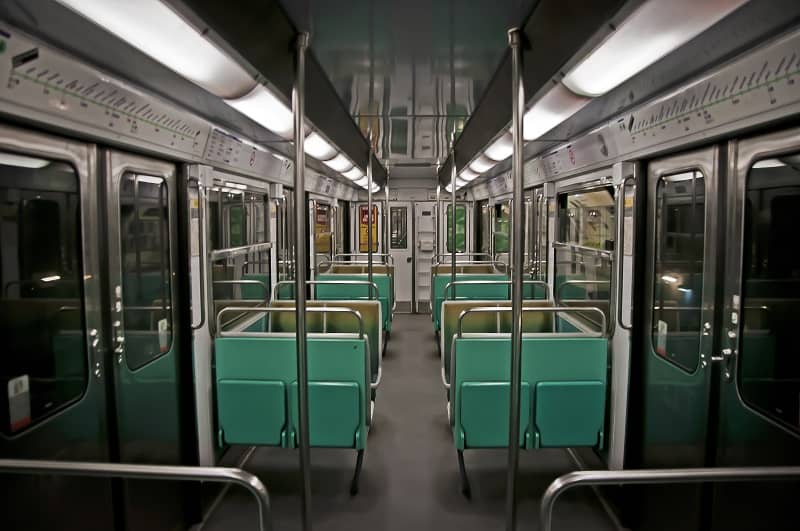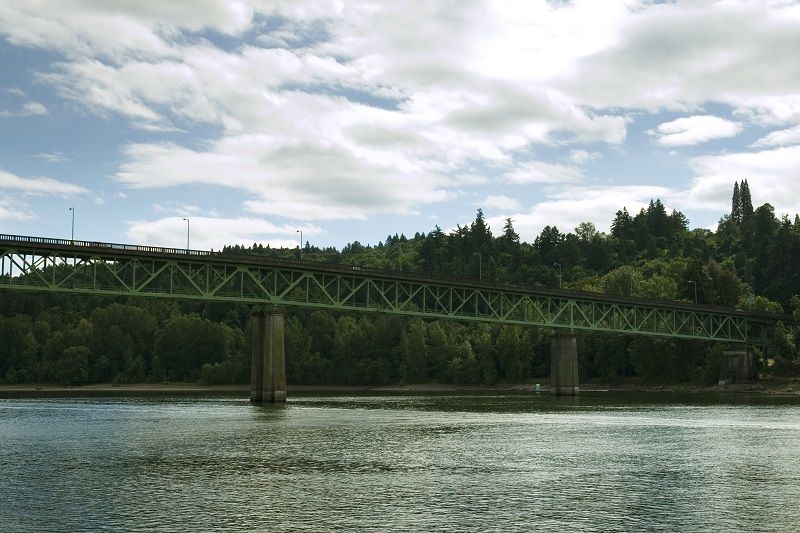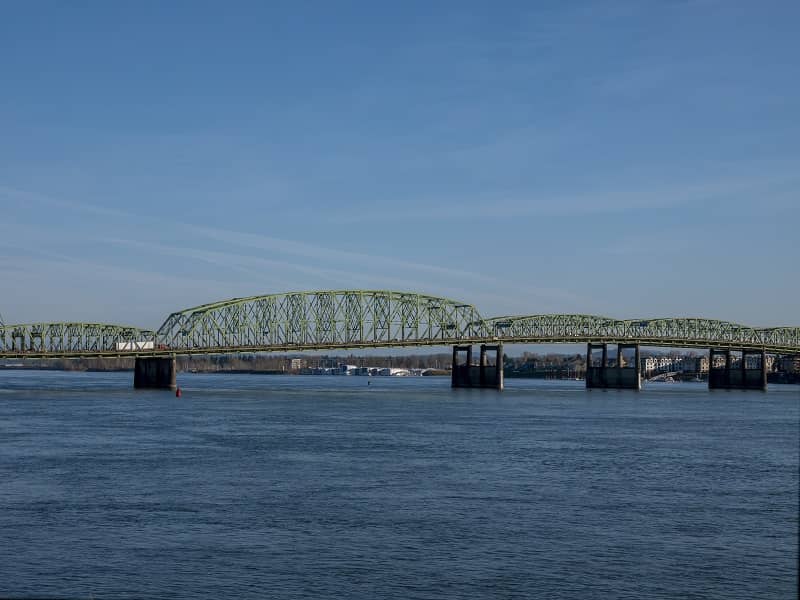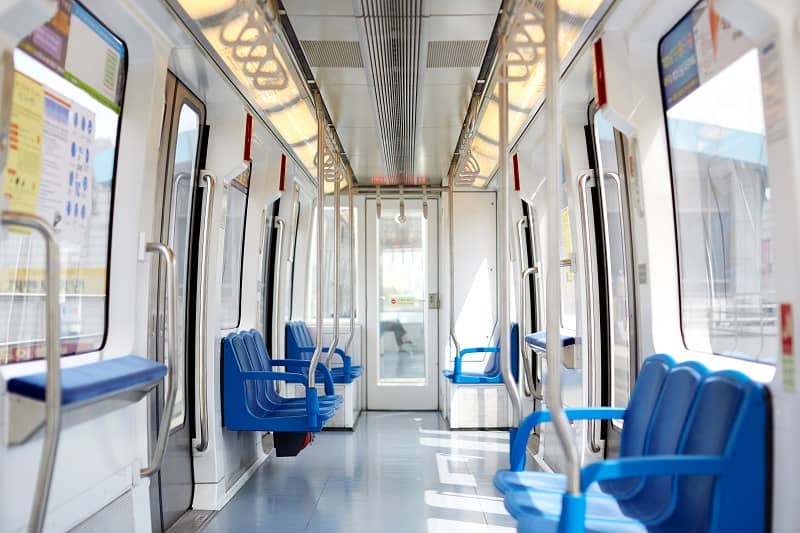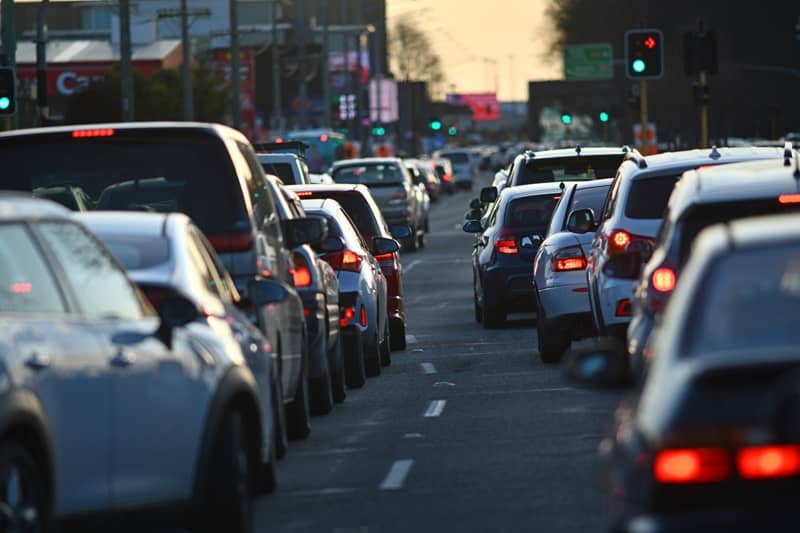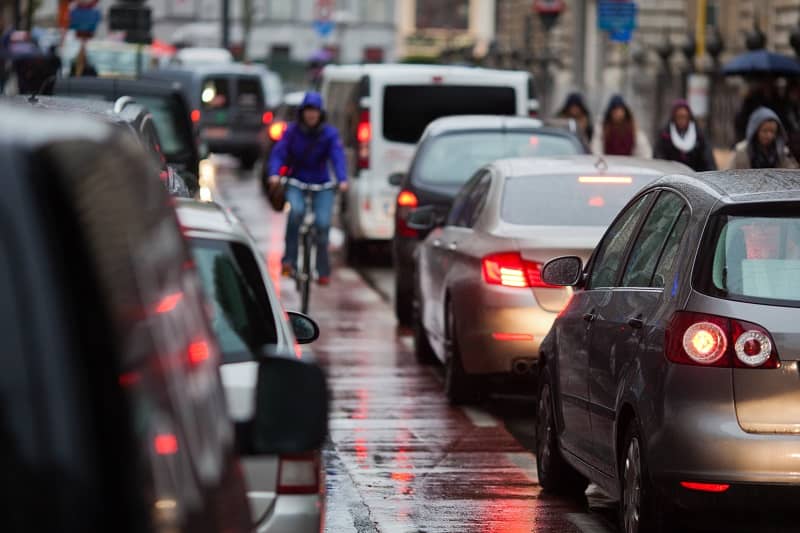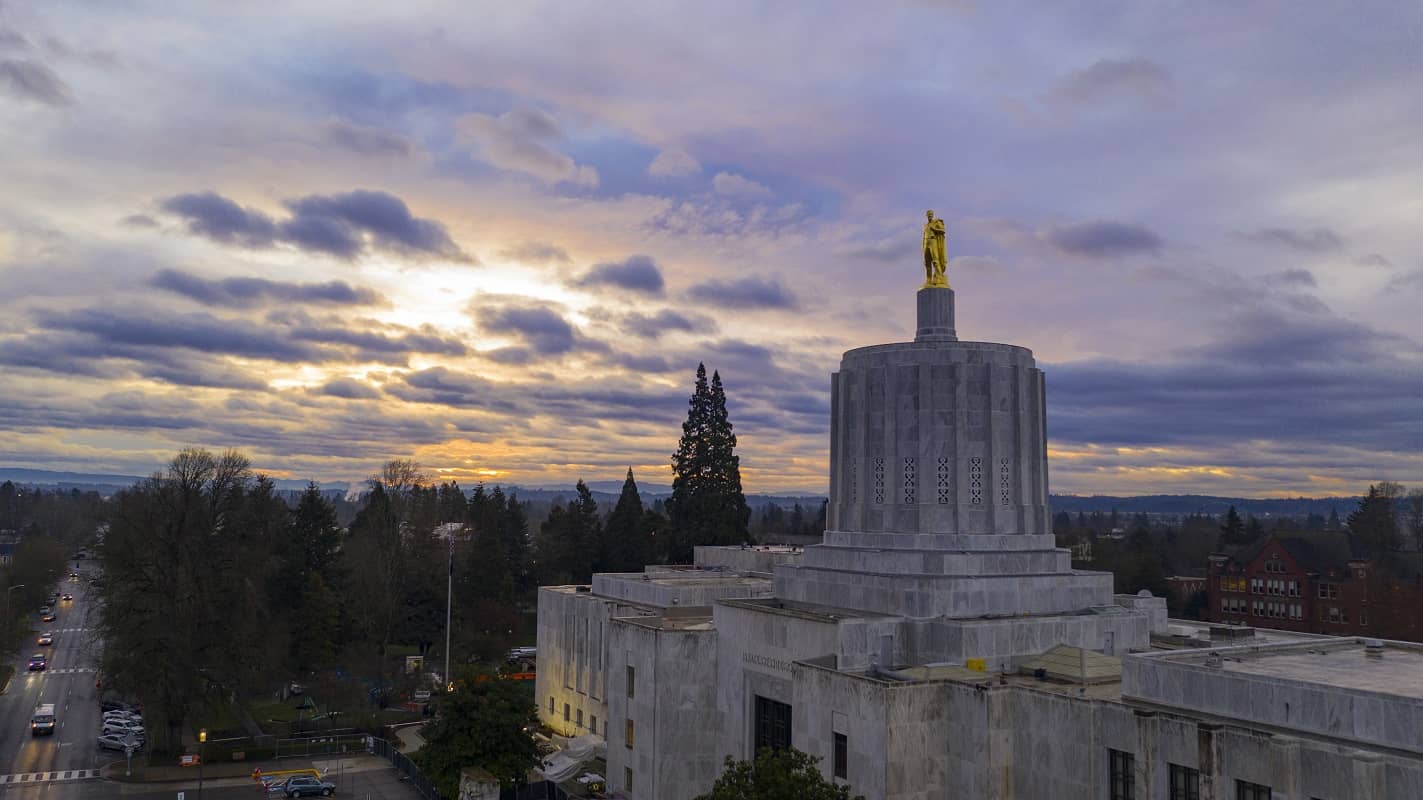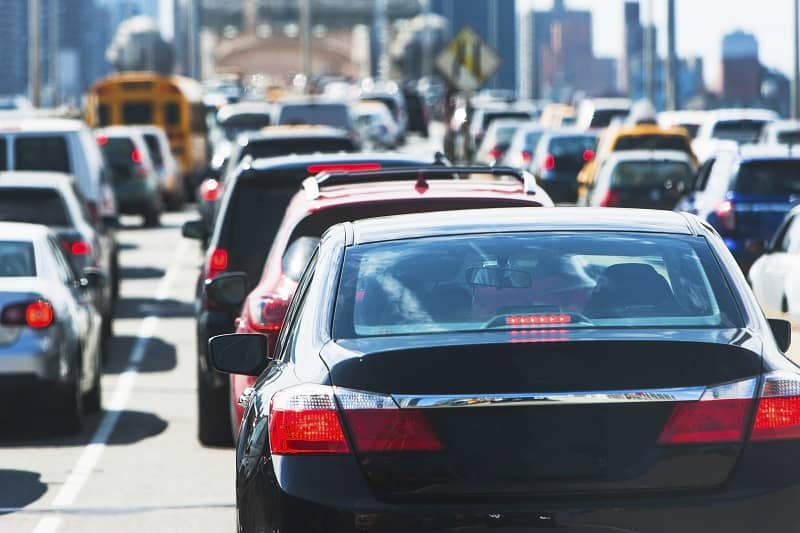The new bridge over the Willamette River, TriMet’s Tilikum Crossing, opened for business on Saturday. With beautiful weather and parties at every stop of the Orange MAX line, a good time was had by the thousands of sightseers.
Unfortunately, now that we’ve returned to gray skies and normal weekday travel, it’s clear that the bridge created both winners and losers. The big winners are light rail passengers and bicyclists. The scenic bikeway has already proven immensely popular with local cyclists, who are crossing at a rate 10 times higher than the rate previously observed on the nearby Ross Island Bridge.
The big losers are motorists. The Tilikum Crossing is closed to autos and trucks. In addition, the new traffic signal at the west end of the bridge creates a major bottleneck on SW Moody Avenue, the busiest road within the district.
At both morning and afternoon peak-periods, Moody Avenue traffic is shut down 60% of the time in order to accommodate light rail, the streetcar, and buses leaving or entering the bridge. This gums up all north-south travel, including most of the same bike riders cruising over from east Portland, who must cross Moody Avenue as they exit the bridge.
Moody Avenue motorists have no choice but to wait through red lights that sometime exceed three minutes; but pedestrians and cyclists are rebelling by the hundreds. After losing patience, they simply cross the rail tracks illegally.
In most normal cities, a new bridge makes everyone better off. But in Portland, a bridge simply becomes one more weapon in the political war on mobility.
